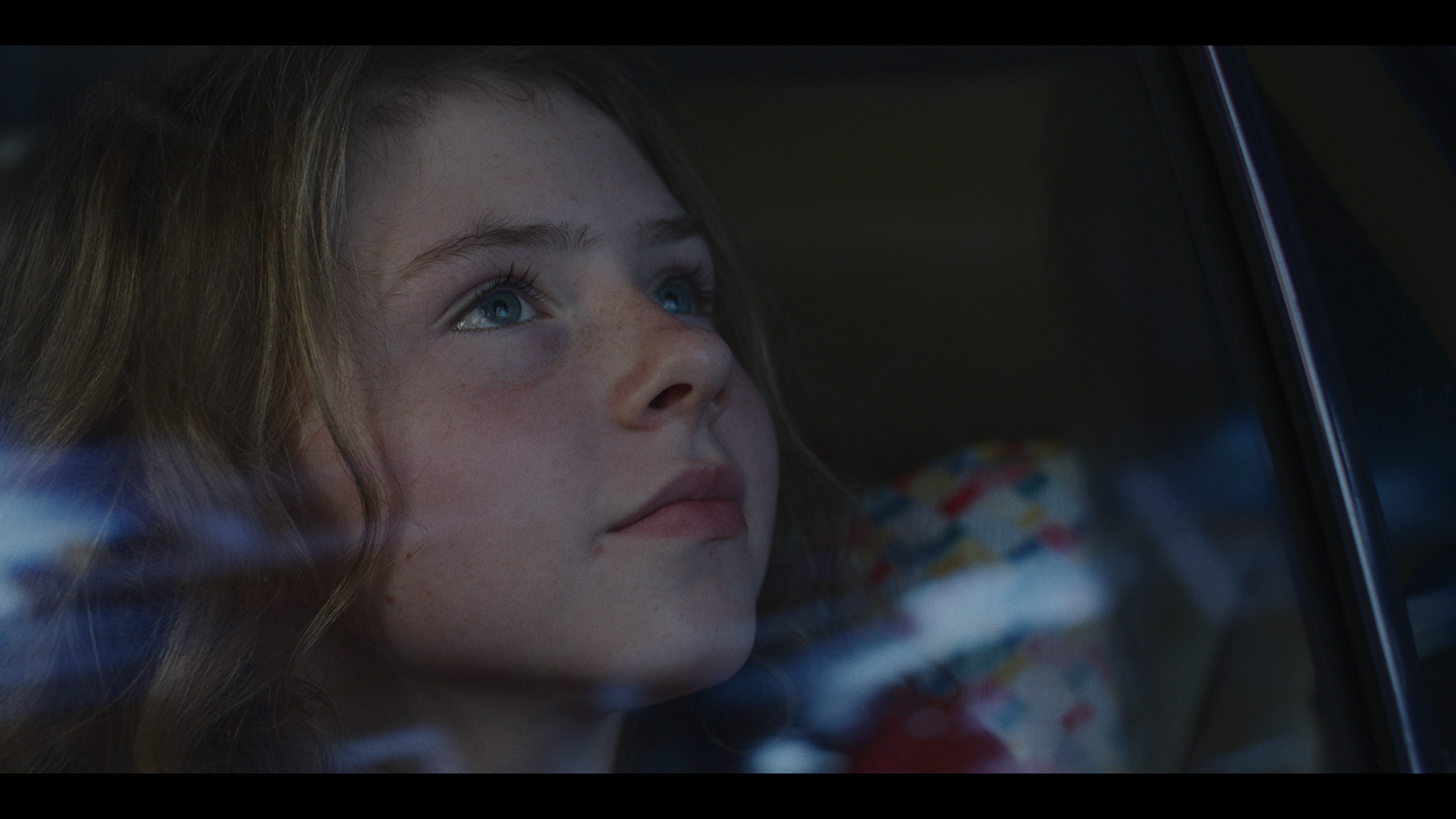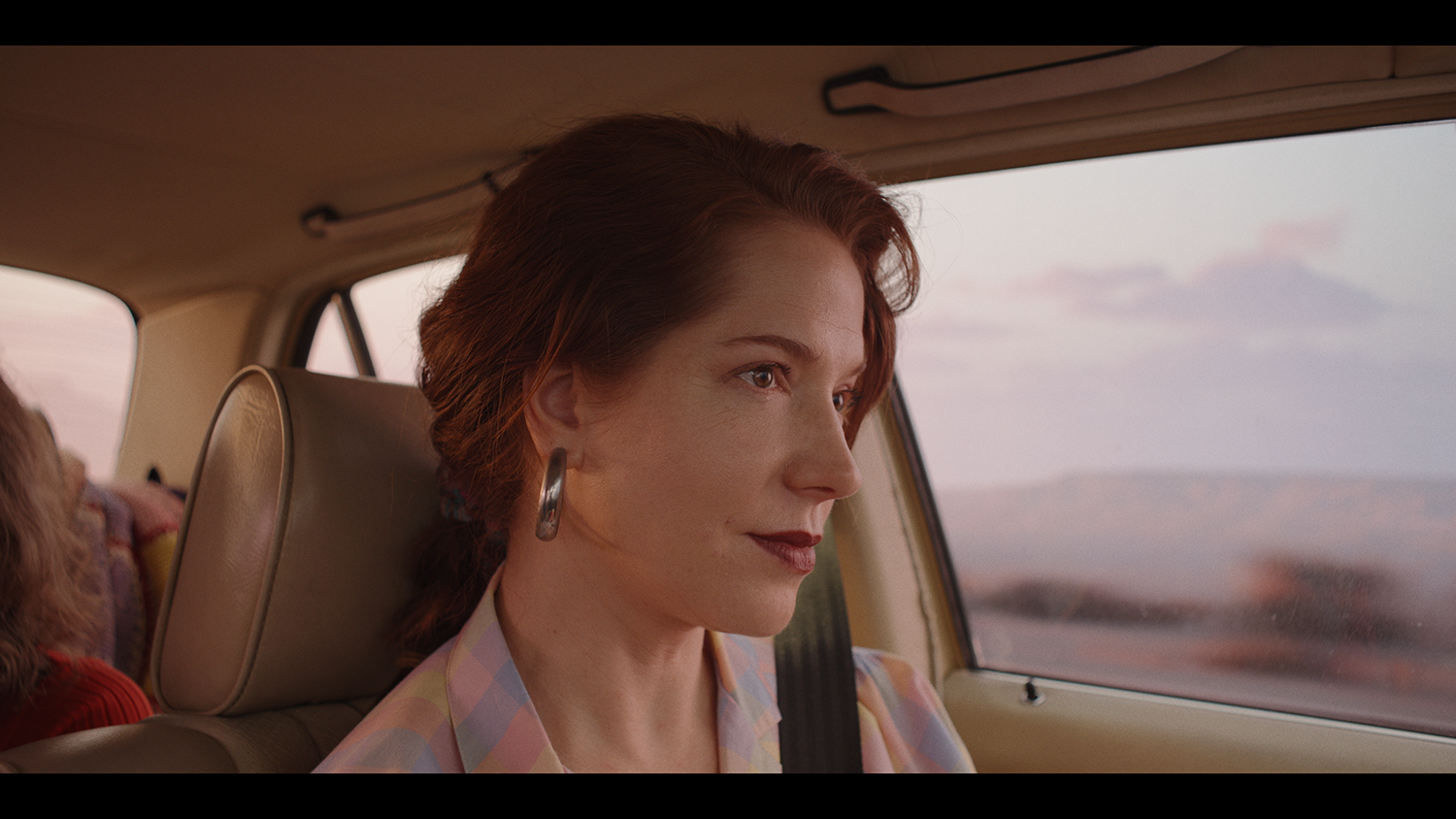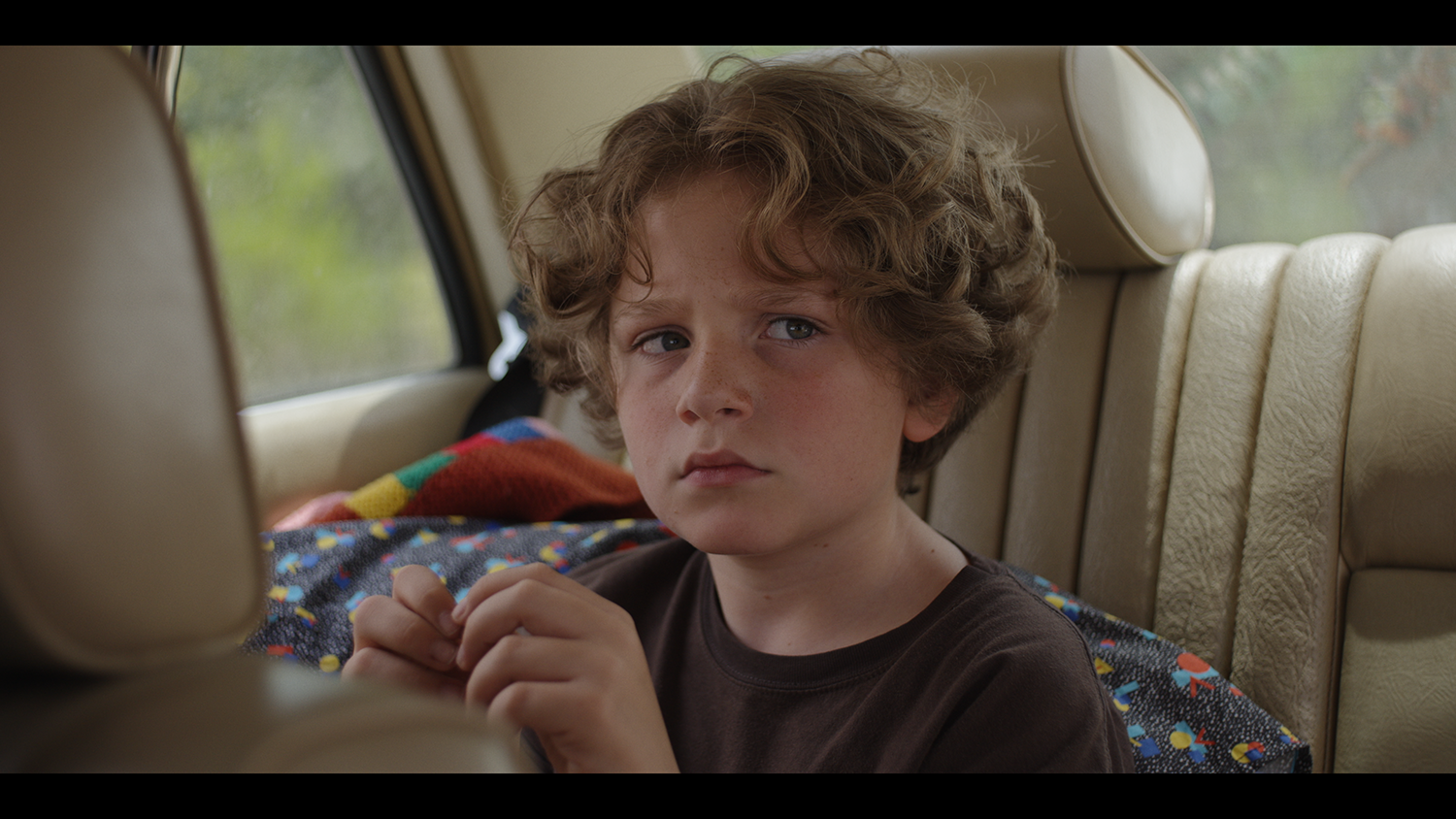



Short film by an emerging filmmaker: Alma op pad
In Alma op pad, director and screenwriter Jana-Marie Hey tells a coming-of-age story inspired by a real-life family road trip. Set in 1993 and filled with subtle, era-specific details, the film is told through the eyes of a young girl from the back seat of her family’s car.
Jana-Marie shares more about the film:
Alma op pad was inspired by a real family experience. What motivated you to use this memory as the foundation for your short film?
I told a friend about a failed family road trip to the Drakensberg (I grew up in KwaZulu-Natal), and he said it sounded like a great story for a short film. But at first, it lacked conflict. Then I thought, what if the hotels weren’t just fully booked? What if there was also a personal struggle? That’s when it became a story.
Coming-of-age films have always been my favourite genre, and I really wanted to tell the story from the perspective of a child in the back seat. I was also fascinated by the hyper-awareness that eldest children often develop in households with underlying tension.
The major issue was that Alma remained a passive protagonist. With the help of my Silwerskermfees mentor, Etienne Fourie, I went through draft after draft, trying to give Alma more agency. Then, during this process, my mom found our old video camera – and suddenly everything clicked. I had never filmed our holidays; that was my dad’s great joy. That camera was like a part of the family, an extension of my dad. It went everywhere with us.
The film is set in 1993 and is steeped in nostalgia. What visual and stylistic choices did you make to authentically capture the era?
I come from an art department background in film, so I’m confident and passionate when it comes to making creative decisions. Since I grew up during that time, I could draw on personal memories, family photo albums, and old home videos to recreate the era. Every costume, prop, and set detail was carefully selected. In a short film, time and budget are limited, so everything in frame had to contribute to the story.
There was initial concern about the cost of making a period film, but it was important to me that the story be set before the age of cell phones, iPads, and the internet. I wanted to capture those lost hours in the back seat of a car when kids had nothing to do except make up stories, stare out the window, or observe their parents’ dynamics from behind.
We spent a lot of time scouting locations. I wanted the setting to feel as generic and universal as possible so viewers could see themselves in it. Houses without high, electric fences are becoming increasingly rare these days. Thankfully, we found some timeless gems in Cape Town’s northern suburbs. I drove around, scouted houses, and eventually knocked on a door. We were also incredibly fortunate to shoot at the Bergrivier resort in Paarl – a classic South African holiday spot.
The car itself was, of course, a central element. We found it on Facebook Marketplace. The owner wanted to sell it, but we convinced him to rent it to us instead. The leather seats smelled exactly as I remembered. I don’t know what Mercedes-Benz used back then, but they don’t make it like that anymore.
At the end of the film, we see home video footage. What did it mean to include personal family footage in the film?
I’ve always loved it when films end with photos or footage of the real people the story is based on. It hits differently. At one point, I worried it might come off as self-indulgent or that I’d be exposing too much of my family. But I decided to trust my mentors’ advice and gave our editor, Canya Cruywagen, free rein. I sent her hours of home videos and was surprised by the material she selected. It was a relief to step back and let someone else make those decisions. It gave me the distance I needed to finally experience it like a viewer.
Laudo Liebenberg plays the role of the father. How did you cast him?
From the start, I had Laudo in mind for the role. It was important that the character be physically large and dominant – not pathetic in any way. My father was tall with broad shoulders, and Laudo has that same commanding presence. He brings a strong energy to the role.
Laudo and I talked a lot during pre-production about that generation of men – how they weren’t taught to process emotions. There was this constant expectation that they had to be tough and untouchable. I think Laudo portrayed that inner tension incredibly well.
During the major fight scene in the car, his intensity brought me to tears. I was sitting behind the monitor crying, because he reminded me so strongly of my father. At the same time, he also brought a gentleness and sensitivity to the role.
Alma’s father encourages her to keep telling stories and making films. Is that something your father ever said to you?
The first version of the script didn’t have that moment between Alma and her dad. I was afraid it might feel too sentimental, and I knew Pa was the kind of man who wouldn’t easily say sorry – those words to her were the best he could do.
My dad never said it to me in so many words, no. But he fully supported (and funded) my decision to study film. He and I used to stay up late watching movies together after the rest of the family had gone to bed.
